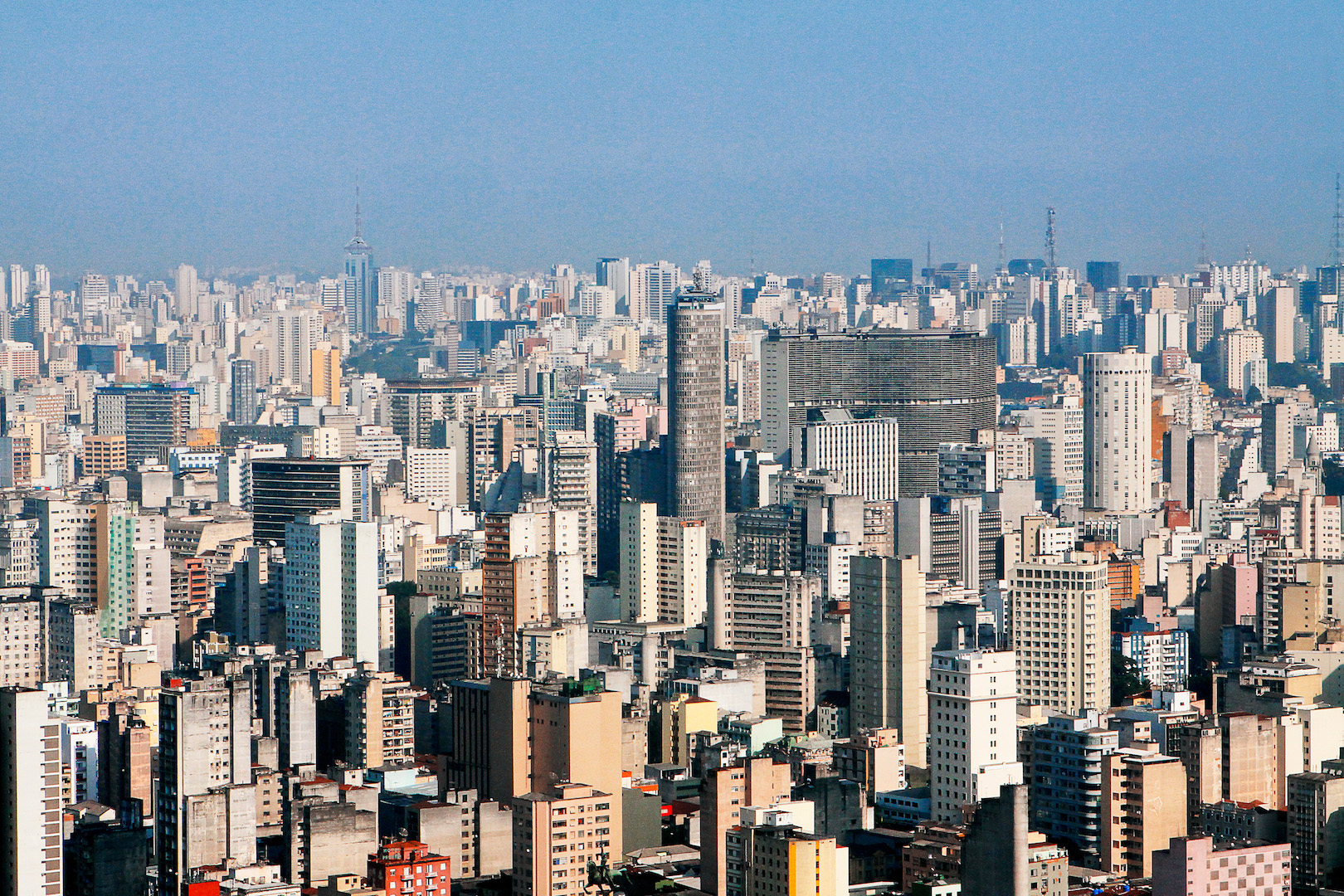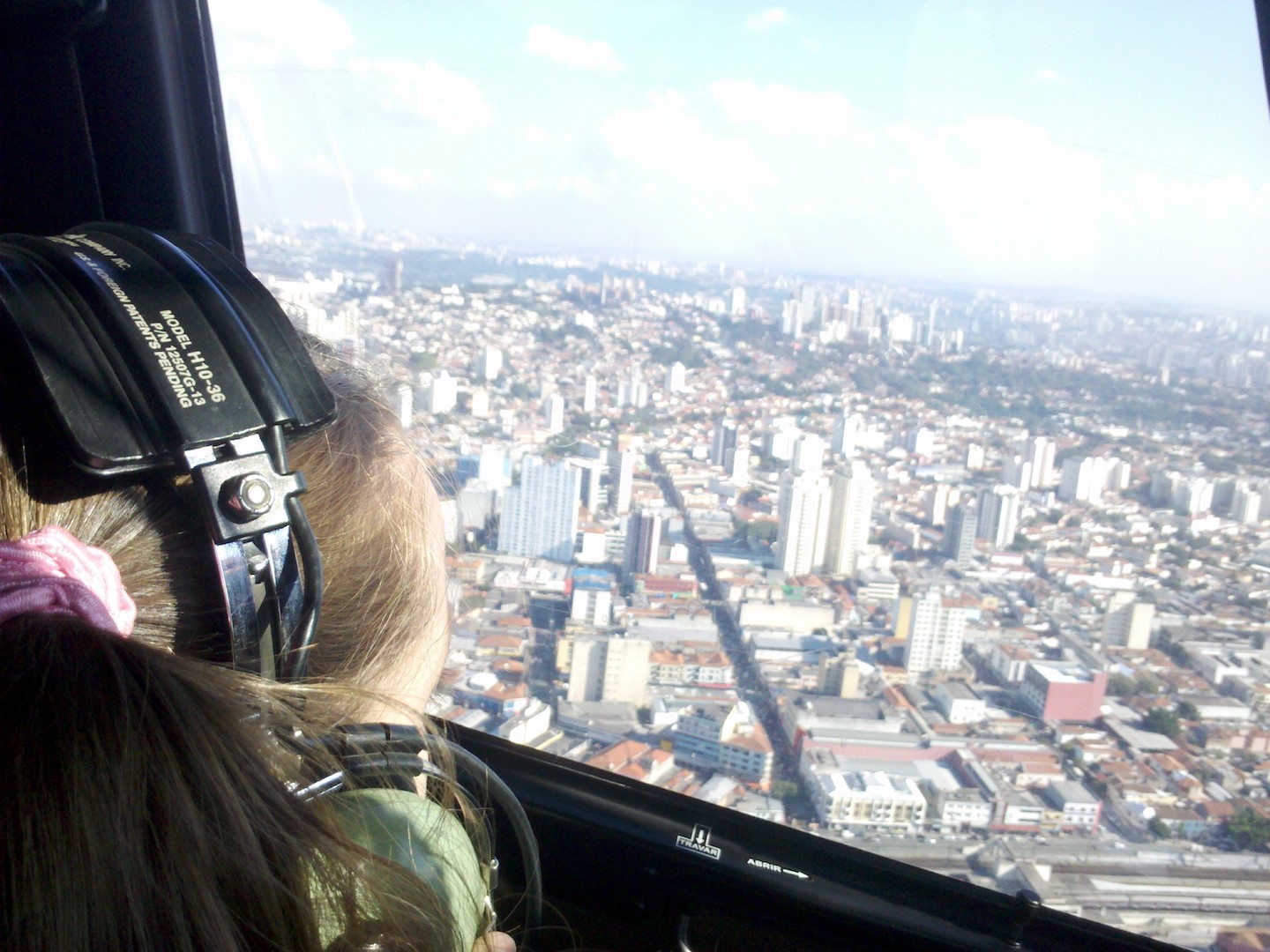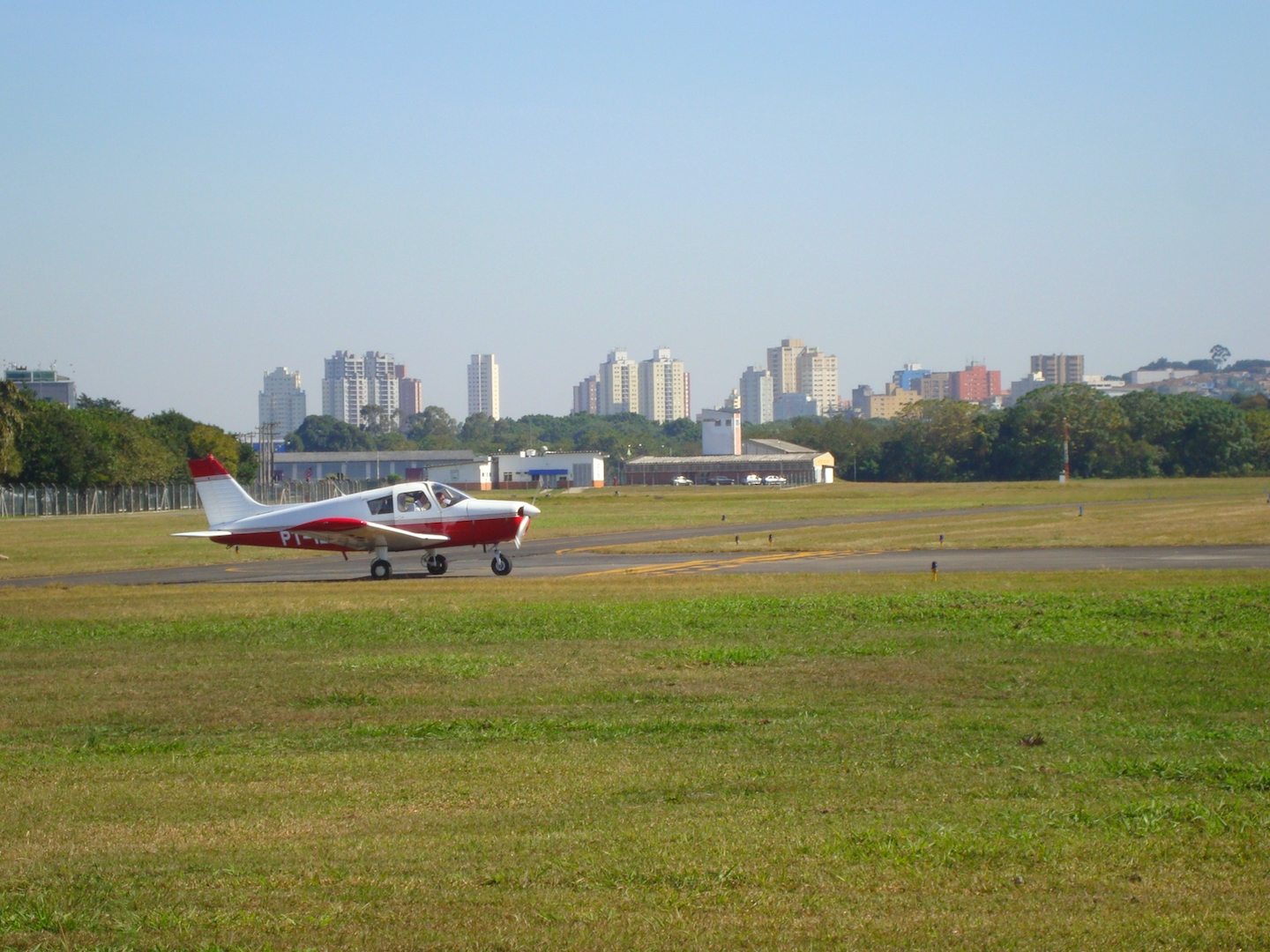By Lise Alves, Senior Contributing Reporter
SÃO PAULO, BRAZIL – São Paulo has one of the largest helicopter fleets in the world, with over 1,300 take-offs and landings in a single day. The increase of “pirate air taxis” however, has made it more dangerous for passengers to pay for an aerial tour of South America’s largest city or hire a helicopter as an air taxi for short trips to surrounding cities.

Local authorities and aeronautical officials are worried about the increase in the number of aircraft that are registered as private but are used as unlicensed pirate taxis. Industry representatives have linked this activity to an increase in serious air accidents since 2015.
“It’s an increasing problem that has become a major headache for all of us, potential passengers as well as the entire aviation sector,” director of the Brazilian Association of Air Taxis and Maintenance of Aeronautical Products (Abtaer), Domingos Afonso, tells The Rio Times.
“Anywhere from sixty to seventy percent of flights today in São Paulo city are done by pirate aircraft,” says the aviation commander, who worked several years in Brazil’s Air Force as an air accident investigator.
Afonso says that the number of single-engine airplanes and helicopters illegally operating as transportation vehicles in Brazil is growing, but points out that in São Paulo, the problem is even worse — “brokers” of clandestine air transport systems are sometimes “picking up their customers at São Paulo’s international airport, as they get off longer flights”.

“The brokers are people who know how to get in touch with independent pilots and helicopters services, which offer a much cheaper service than a registered company, but do not follow the same regulations and have the same accreditation as the regulated service,” says the commander.
The cost, say aviation experts, is the main reason many passengers choose the illegal service.
“As long as the regular air taxi is so much more expensive than the pirate taxi there will always be the possibility of a passenger being tempted to economize and an aircraft owner using this subterfuge to cut costs,” notes Ruy Flemming, former Brazilian Air Force pilot and Aerial Demonstration Squadron leader for many years.
According to Afonso, the national aviation regulatory agency (ANAC) is supposed to monitor these illegal services, but often, due to lack of manpower, is unable to do so. “These people (brokers, unqualified pilots) have websites and advertise on the internet. Many people, including foreigners, see these websites and believe that they are hiring a service that is being monitored and is on the up-and-up, but they often aren’t,” complains Afonso.
The pirate air services differ from regular air taxis, not only because they lack proper licenses to transport passengers, but also their pilots often have not met the extensive requirements to fly passenger-carrying planes. Moreover, the safety and maintenance requirements for non-passenger aircraft are much lower, as much as fifty percent less than for passenger-accredited aircraft.
According to ANAC, passenger transport pilots undergo three annual assessments and must have at least 500 hours of experience. Private helicopters, not authorized to carry paying passengers, have one inspection per year, and pilots need only forty hours of flight time. Insurance coverage is also costlier for regular air taxis.
“I believe that some of the requirements go far beyond international norms, but that does not mean you are free to disobey. We need a revision of the requirements, so more of these pilots and aircrafts can be registered to transport passengers,” says Afonso.
Another problem seen by the commander is the sluggishness with which ANAC approves new licenses for these aircrafts.

“We currently have a case here from Manaus — the owner of the aircraft has been waiting more than six months for certification. Maintaining an aircraft on the ground is very costly. The delay in certification of the aircraft often leads owners and pilots to start passenger service before they receive authorization, and when one of these aircraft falls the headlines is always ‘pirate helicopter falls killing two’,” explains Afonso.
According to data obtained from ANAC for 2018, 49 aircraft (including airplanes) deemed “clandestine air taxis” were seized in the country. This year, through May, the number was already at 23. In addition, 26 pilots were suspended in the past two years for flying as unauthorized passenger transport.
The agency’s data also show that of a total of 841 helicopters, 593 are registered as private, which can only be used by the owners, their pilots, and guests. There are only 60 exclusively registered as air taxis; the others have registrations for more than one type of flight.
From January 1st to May 27th of 2019, there were 26 air crashes with private aircraft. During the same period last year, accidents totaled 19. Most of the recorded accidents involved single-engine airplanes.
In comparison, there were no accidents in 2019 within Brazil by aircraft registered for regular air services and authorized by ANAC to transport passengers.
The two most famous cases this year involved journalist Ricardo Boechat and singer Gabriel Diniz. In February Boechat was killed just outside São Paulo city after the helicopter he was in crashed; Diniz died in May when the single-engine airplane he was in crashed in the Northeastern state of Sergipe.
Both aircrafts were found to have no authorization to transport passengers.

